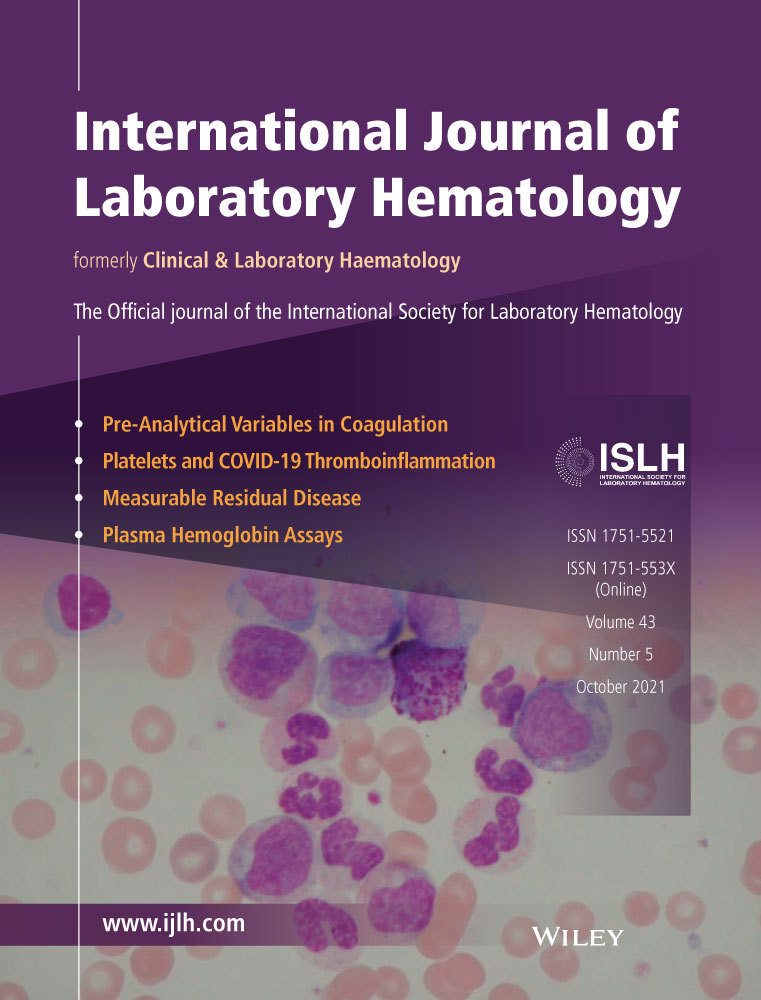CXCL2 benefits acute myeloid leukemia cells in hypoxia
Funding information
This work was supported by the Foundation of The First Affiliated Hospital of Lanzhou University (grant number ldyyyn2018-56) and the Natural Science Foundation of Gansu province (grant number 18JR3RA342)
Abstract
Introduction
Drug resistance and relapse of acute myeloid leukemia (AML) is still an important problem in the treatment of leukemia. Leukemia outbreak causes severe hypoxia in bone marrow (BM), remolding BM microenvironment (niche), and transforming hematopoietic stem cell (HSC) niche into leukemia stem cell (LSC) niche. AML cells and the microenvironment usually conduct “cross-talk” through cytokines to anchor resistant AML cells into LSC niche, thus supporting their survival. Therefore, this study was aimed to investigate the role of CXCL2 in the hypoxic AML niche.
Methods
AML hypoxic niche was simulated by hypoxic culture of THP-1 and HL-60 cells in vitro, thus to study the effects of CXCL2 on the proliferation and migration of AML cells. The expression of hypoxia-inducible factor-1α (HIF-1α) and the activation of survival-related kinases such as PIM2 and mTOR under CoCl2-simulated hypoxic conditions were detected. The correlation between CXCL2 and the prognosis of AML with big data was verified.
Results
(a) CXCL2 promoted the proliferation and migration of AML cells. (b) CXCL2 up-regulated the expression of PIM2 by enhancing the transcriptional activity of HIF-1α. (c) CXCL2 activated mTOR in AML cells. (d) CXCL2 was associated with poor prognosis in AML.
Conclusion
CXCL2 promotes survival, migration, and drug resistance pathway of AML cells in hypoxia and is associated with poor prognosis in AML. Therefore, CXCL2 can be considered as an important factor in promoting the development of AML cells in hypoxia.
CONFLICT OF INTEREST
The authors declared that they have no conflicts of interest.
Open Research
DATA AVAILABILITY STATEMENT
The data that support the findings of this study are available on request from the corresponding author.




